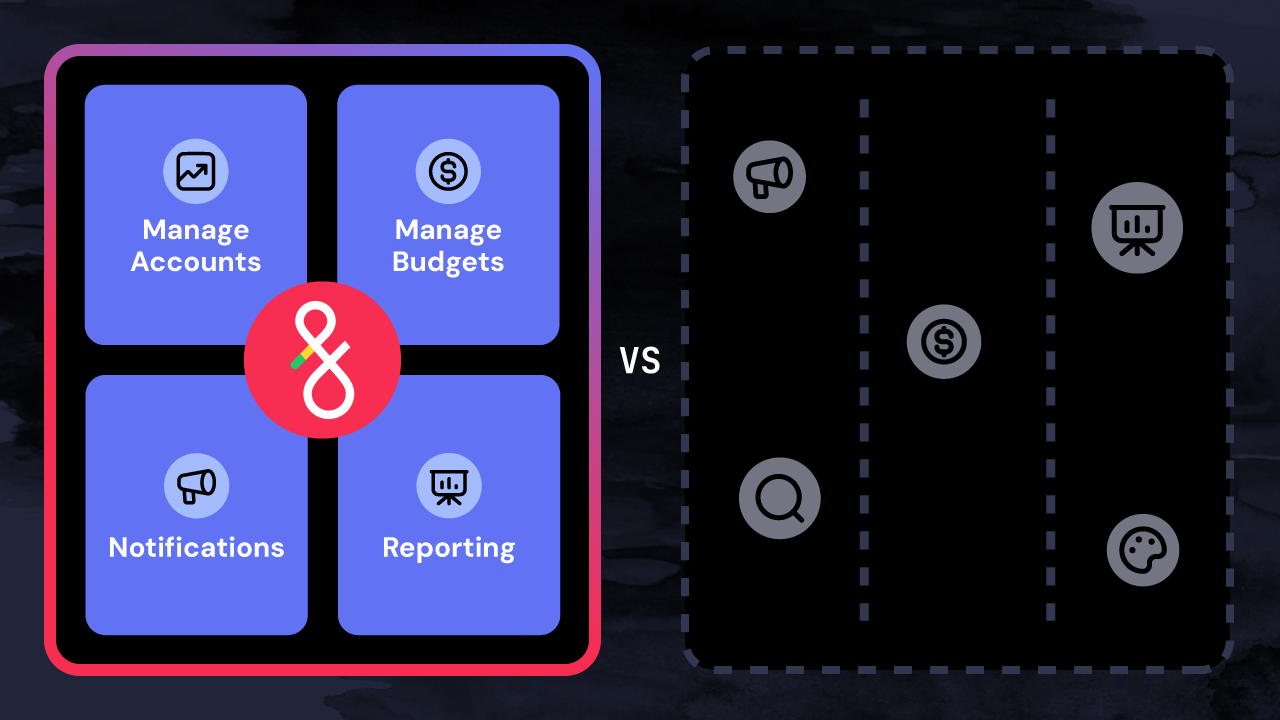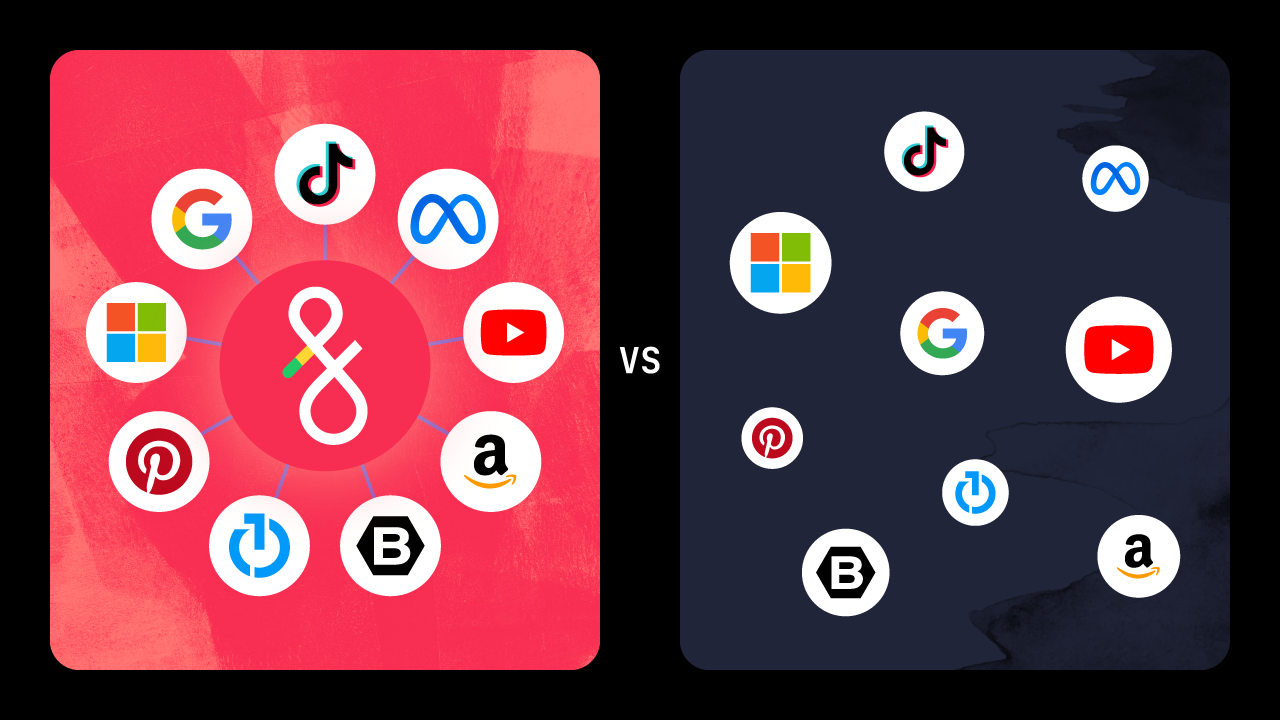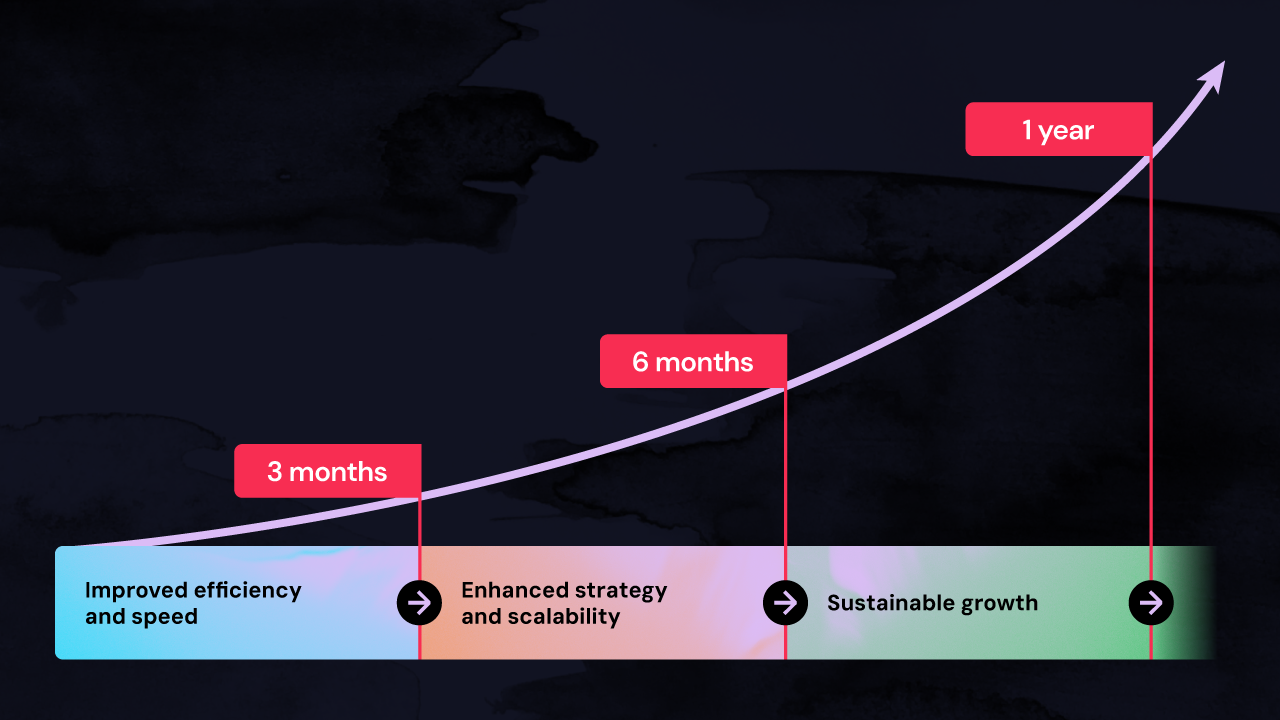Google's decision to transition dynamic vehicle ads to its Performance Max campaign type has significant implications for automotive advertisers.
If you are currently relying on dynamic vehicle ads in your ad strategy, the following article will guide you through this important transition, providing:
- An overview of why Google is making this shift, and its potential upside for advertisers
- Key risks and implications for those managing campaigns through manual processes
- How you can leverage automation to maximize the value of PMax and retain control of your campaigns in this new format
Google Ads Automation and the Rise of Performance Max Campaigns: A New Era in Advertising Efficiency
Google’s Vehicle Ads have played a crucial role in promoting automotive inventory online. However, as advertising platforms evolve, novel solutions that leverage automation and machine learning continue to evolve. Enter Performance Max campaigns.
New to PMax? Google's Performance Max offers advertisers streamlined campaign management by creating a single automated campaign spanning multiple networks, optimizing ad delivery through machine learning for broader audience reach, providing consolidated insights across platforms, automating optimization for improved results, adapting to user behavior for continuous learning, and saving time through streamlined management processes. While PMax promises to be an easy approach to setting up your campaigns, anything new is also inevitably change—something digital advertisers can quickly resist when it requires a dramatic transition of their current processes.
Navigating Google Ads Automation Amidst the Rise of Performance Max Campaigns
These types of forced migrations aren’t to be taken lightly—they represent substantial shifts, particularly for anyone looking to manage large-scale advertising without the support of automation and the power of Google Ads. It’s important to note that as a forced migration, Google will execute this transition on your behalf whether or not you’re ready.
If your operations depend on manual processes, what does this mean for you? You essentially have two avenues to consider: Should anyone decide to proactively generate these campaigns individually, it will inevitably lead to extensive clicking and a significant amount of manual labor within the user interface, necessitating step-by-step alterations. While managing this for a single advertisement might be manageable, attempting it across thousands of accounts quickly transforms into an unfeasible task for your strategists. This challenge is amplified by their other responsibilities, making it difficult or even impossible to meet the timeline of this migration.
The alternative is to let Google handle the migration; but this would mean relinquishing control over the process, allowing Google to execute the switch before your team is fully prepared. To retain control, advertisers should proactively address the Google Performance Max migration to ensure a smooth transition and maximize the benefits of this new advertising solution, leveraging both the capabilities of Google Ads and the automation features inherent in Performance Max. By taking proactive steps, advertisers can adapt their strategies and campaigns to optimize for better results and stay competitive in an evolving digital advertising landscape.
Feeling overwhelmed by the migration? Fortunately, automation provides digital advertisers with a solution as it allows users to proactively manage this Google migration at large scale, enhancing efficiency and ensuring a seamless transition to the Performance Max era.
Why Do Advertisers Want to Get Ahead of this Migration?
There are several compelling reasons why digital advertisers are striving to proactively address this migration. First and foremost, those taken by surprise by this enforced transition might notice a dip in the performance of their ads compared to Shopping or Vehicle Ads. Others might admit to being unaware of this impending change and its potential impact on their existing campaigns. However, the paramount reason to take the lead in this situation is undoubtedly to retain control.
We understand that advertisers value having control over their campaigns as well as the flexibility to choose from various options. Falling behind or relying on manual processes could result in a significant loss of this control. On the other hand, automation empowers you, putting you firmly in the driver's seat and affording you the ability to maintain control by launching campaigns ahead of time and side by side.
Advertisers can regain control of their campaigns through Google's Performance Max by defining clear goals, producing quality creative assets, utilizing machine learning-based targeting, strategically allocating budgets, integrating data sources, and continuously monitoring performance. They should adapt and refine strategies based on insights, collaborate with Google support, conduct A/B tests, and analyze consolidated insights to optimize performance. This approach empowers advertisers to focus on strategic decision-making while leveraging Performance Max's automation for effective campaign management and improved results.
Should You Demand More of Your Ad Strategists, or Do You Automate?
At Fluency, we understand the significance of these types of shifts and migrations for our partners. Recognizing this, we identified a need for a robust technological framework to facilitate these transitions. Thus, we devised a streamlined method for effortlessly generating Performance Max campaigns that capitalize on your existing feed.
For those who are already utilizing our tool, our platform is already acquainted with your current feed, its encompassed information, and data attributes. As a result, we can seamlessly integrate it with your Performance Max campaigns. The role of automation in this process truly amplifies its simplicity and effectiveness. If you haven't implemented automation yet and if the pressure of another impending Google migration is causing stress, we feel your pain and would love to help—reach out to our team today.

.avif)




